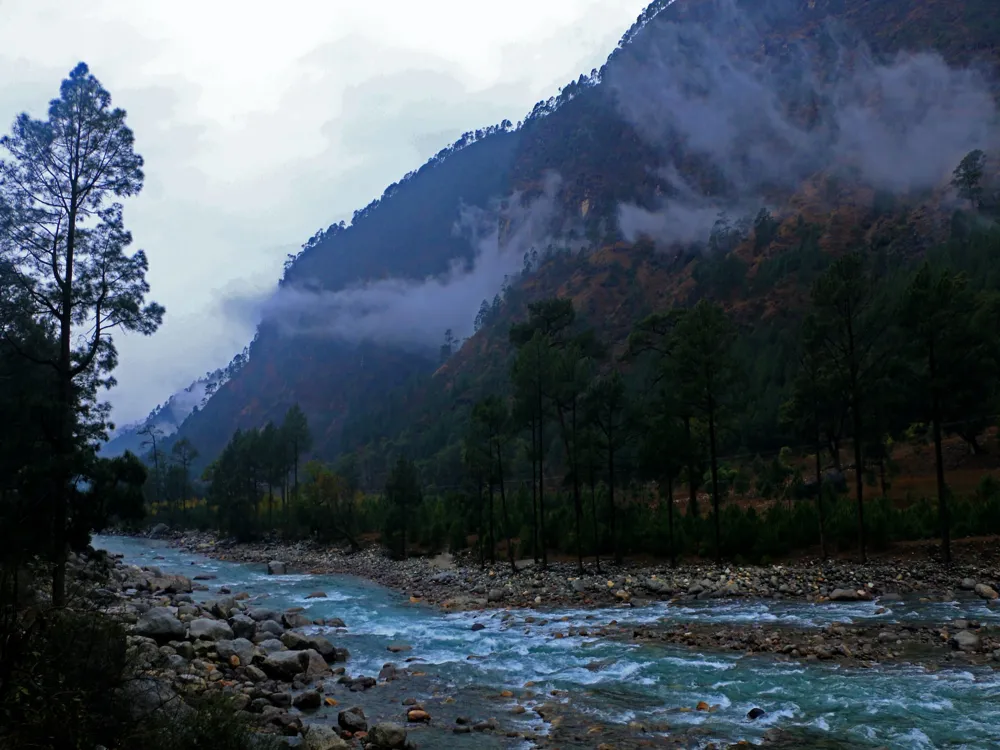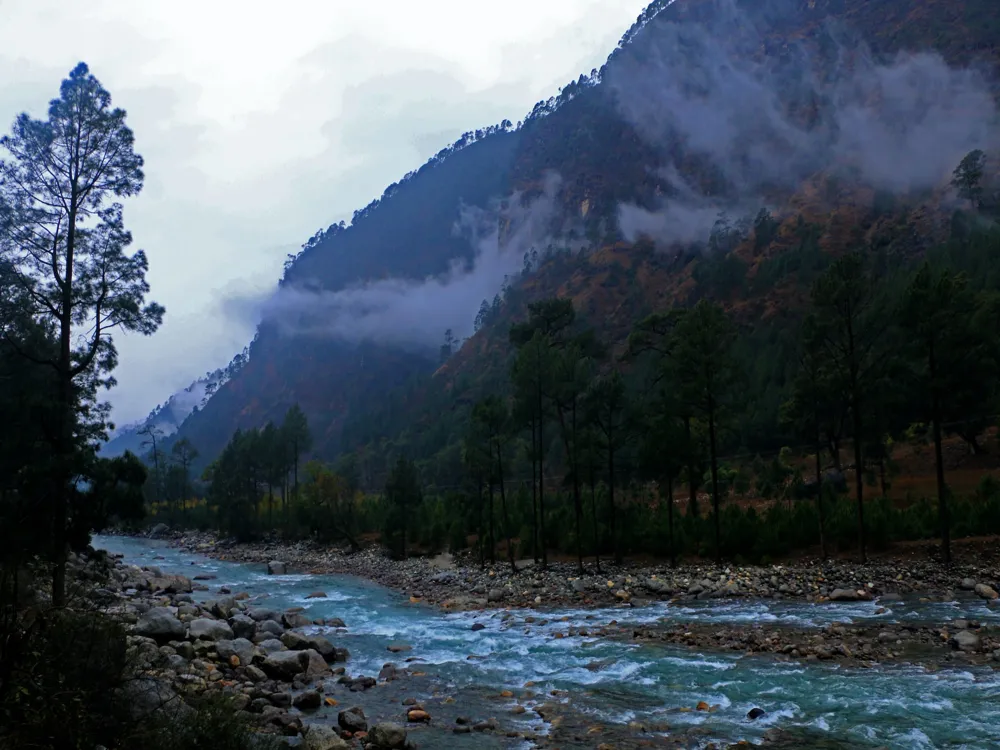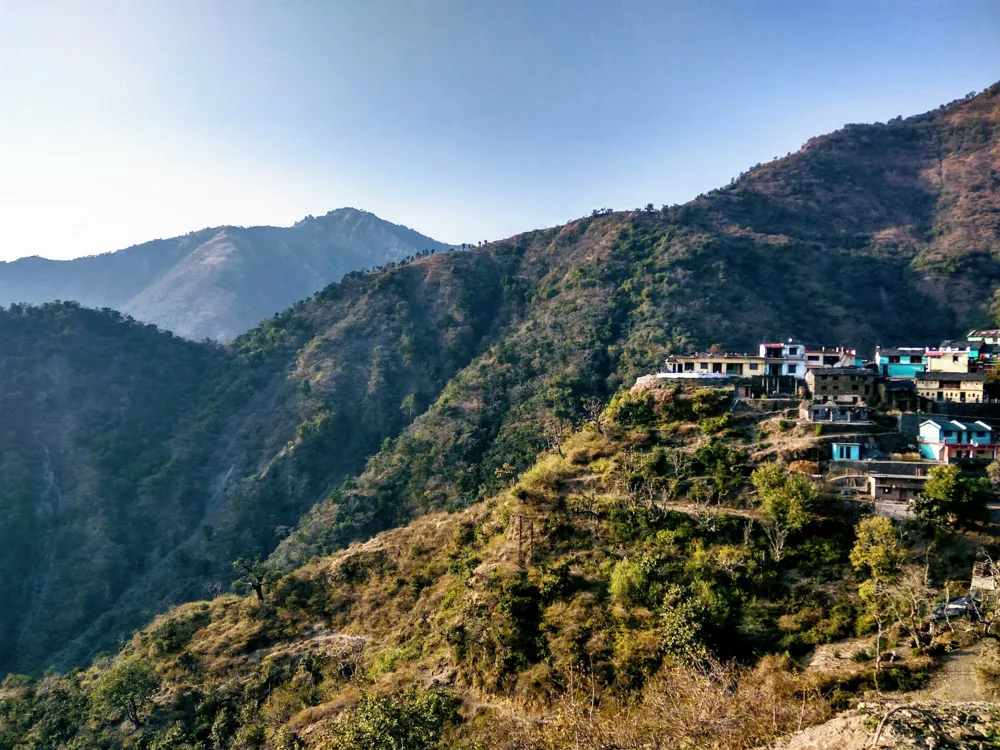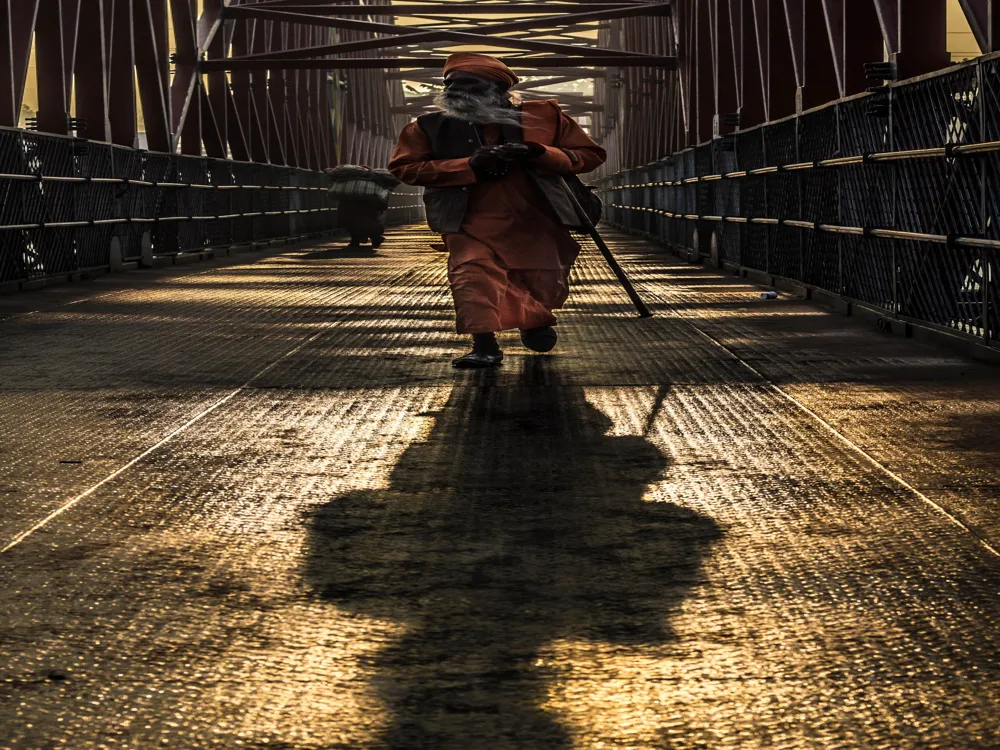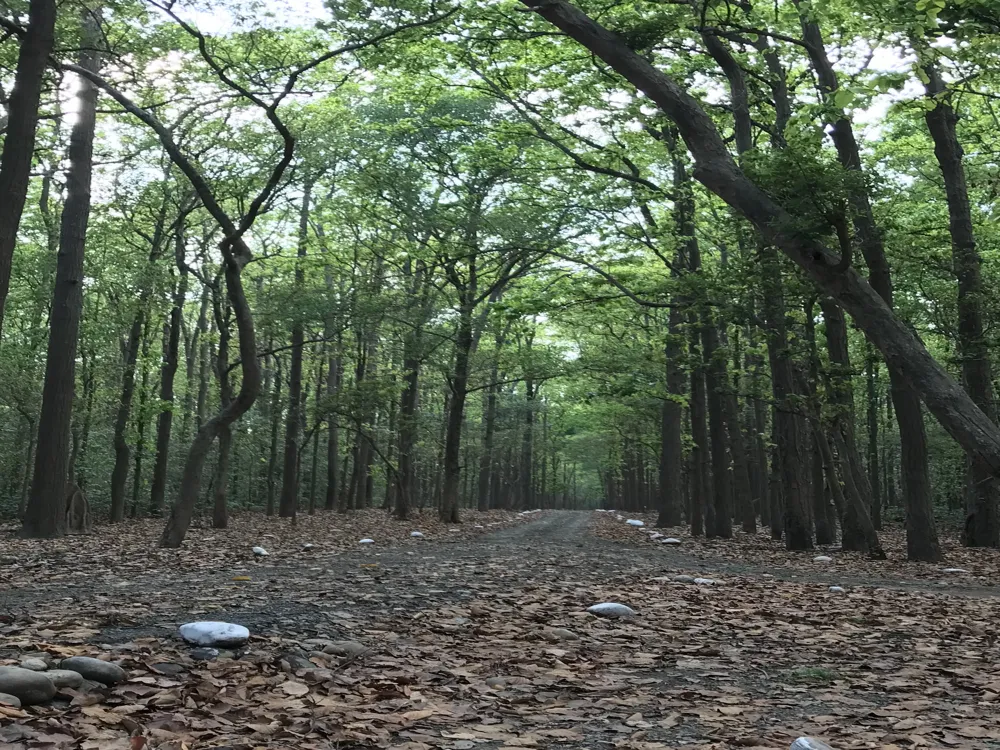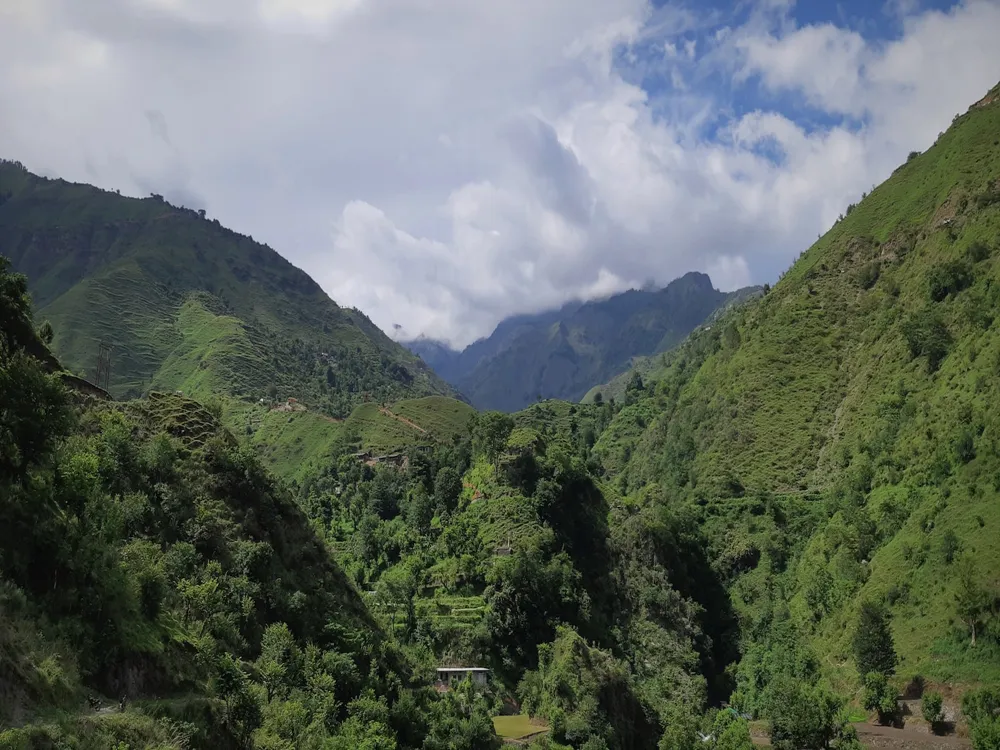Nestled in the heart of the Queen of Hills, Mussoorie, the Mussoorie Christ Church is not just a place of worship but a beacon of history and architectural brilliance. Built in the 19th century, this church stands as a testament to Mussoorie's rich colonial past and its enduring charm. In this comprehensive guide, we will explore the Mussoorie Christ Church's history, and architectural style, and provide valuable tips for visitors planning to explore this historic gem. The Mussoorie Christ Church, established in the pre-independence era, is one of the oldest churches in the Himalayan region. Its foundation dates back to the British colonial period, making it a significant historical landmark in Mussoorie. The church has witnessed Mussoorie's transformation from a quaint hill station to a bustling tourist destination. Over the years, it has remained a place of solace and spiritual retreat for both the local community and visitors from around the world. The church's history is intertwined with the history of Mussoorie itself. It was built to serve the religious needs of the British residents who made Mussoorie their summer retreat. The church has endured the test of time, surviving the harsh Himalayan weather and retaining its original charm and elegance. Its presence offers a glimpse into the colonial era's life and is a critical part of Mussoorie's cultural heritage. The architectural design of Mussoorie Christ Church is a remarkable example of Gothic Revival architecture, a style that was predominant in the 19th century. The church's structure features pointed arches, ribbed vaults, and flying buttresses, characteristics typical of Gothic architecture. The stained glass windows are particularly noteworthy, depicting various biblical scenes in vibrant colors and intricate details. These windows not only enhance the aesthetic appeal of the church but also play a significant role in storytelling and religious symbolism. The church's interior is equally impressive, with its high ceilings, wooden pews, and an ornate altar that captures the essence of its historical significance. The walls and ceilings are adorned with frescoes and murals, some of which are original artworks dating back to the church's early days. The bell tower, with its distinctive ringing, adds to the church's charm and can be heard from various parts of Mussoorie. As a place of worship, visitors are advised to dress modestly. Avoid wearing revealing or offensive clothing out of respect for the church and its congregants. While photography is allowed, it's important to be mindful and respectful. Avoid using flash inside the church, and always ask for permission if you're planning to take pictures during a service. The church is a place of worship and reflection. Visitors should maintain a quiet demeanor and avoid loud conversations or noises that could disrupt the peaceful atmosphere. Mussoorie Christ Church is easily accessible from various parts of Mussoorie. For those staying in the town, a leisurely walk through the picturesque streets is the best way to reach the church. For visitors coming from outside Mussoorie, the nearest airport is Jolly Grant Airport in Dehradun, about 60 kilometers away. From the airport, taxis and buses are available to Mussoorie. The nearest railway station is also in Dehradun, from where one can hire a taxi or take a bus to Mussoorie. Once in Mussoorie, local taxis, rickshaws, or even a pleasant walk can take you to the church. Read More:Welcome to Mussoorie Christ Church: A Historic Marvel in Uttarakhand
Overview of Mussoorie Christ Church
Architecture of Mussoorie Christ Church
Tips When Visiting Mussoorie Christ Church
Dress Appropriately
Photography Etiquette
Respect the Silence
How To Reach Mussoorie Christ Church
Mussoorie Christ Church
Mussoorie
Uttarakhand
₹ 3,500 onwards
View mussoorie Packages
Weather :
Tags : Church & Cathedral
Timings : Monday - Saturday: 07:00 AM - 06:30 PM
Sunday: 08:00 AM - 06:30 PM
Time Required : 1 - 2 hours
Entry Fee : No Entry Fee
Planning a Trip? Ask Your Question
Mussoorie Travel Packages
View All Packages For Mussoorie
Top Hotel Collections for Mussoorie

Private Pool

Luxury Hotels

5-Star Hotels

Pet Friendly
Top Hotels Near Mussoorie
Other Top Ranking Places In Mussoorie
View All Places To Visit In mussoorie
View mussoorie Packages
Weather :
Tags : Church & Cathedral
Timings : Monday - Saturday: 07:00 AM - 06:30 PM
Sunday: 08:00 AM - 06:30 PM
Time Required : 1 - 2 hours
Entry Fee : No Entry Fee
Planning a Trip? Ask Your Question
Mussoorie Travel Packages
View All Packages For Mussoorie
Top Hotel Collections for Mussoorie

Private Pool

Luxury Hotels

5-Star Hotels

Pet Friendly








